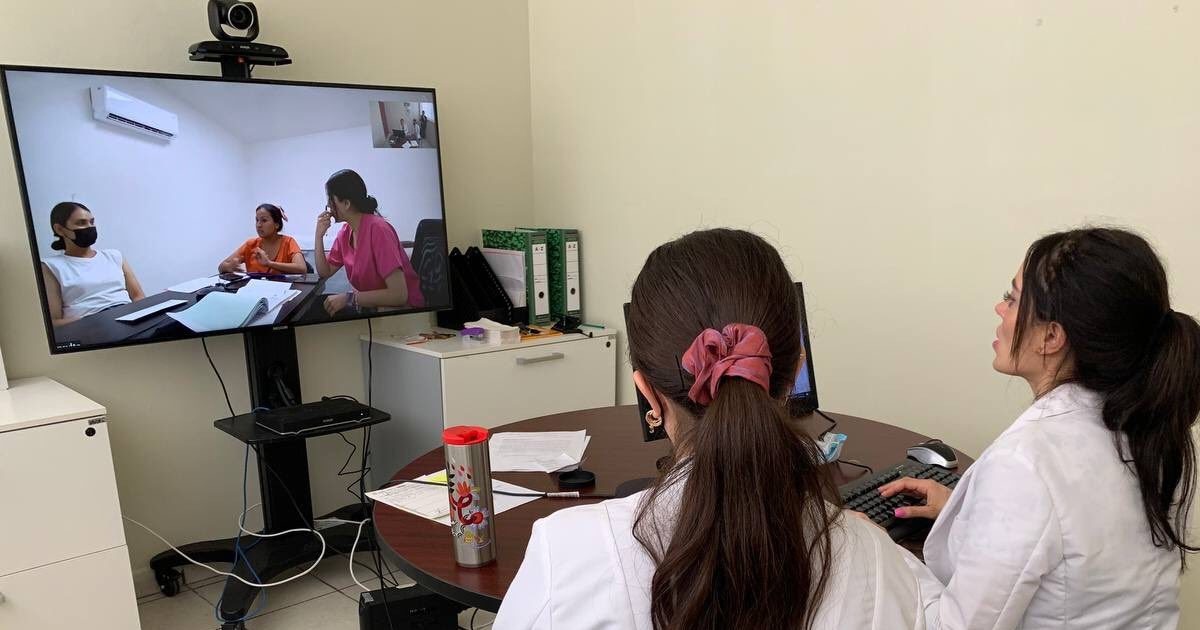The study published in The Lancet Digital Health explores the trajectories of COVID-19 among more than 57 million adults in England, using data from Electronic Health Records (EHR).
The study authors sought to make estimates about the onset, progression, and trajectories of COVID through the various efforts that were and continue to be used to mitigate the pandemic. To identify these trajectories, the authors defined and validated ten COVID-19 phenotypes through ECE collected nationally by the National Health Service (NHS).
The authors used eight NHS-linked data sets of people residing in England on 23 January 2020. Other relevant data such as COVID-19 testing, vaccination, primary care, secondary care and death records were collected up to 30 January. November 2021.
The ten phenotypes of COVID-19 reflect relevant stages in the clinical aspect, and on the severity of the disease, these are divided into five categories: Positive COVID tests, primary care diagnosis, hospital admission, ventilation modality that included four phenotypes and death that included three.
The study explains that the phenotypes presented have already been used to carry out other analyzes such as implications of relevant public health policies, evaluation of the association of the vaccines against COVID-19 ChAdOx1 and BNT162b2 with venous, arterial and thrombocytopenic events, evaluation of the use of antithrombotic drugs on COVID-19 outcomes and the study of the incidence of vascular diseases after COVID-19 infection.

Of the 57 million 32 thousand 174 individuals, 13 million 990 thousand 432 events related to COVID-19 were identified in 7 million 244 thousand 925 patients. This represented an infection rate of 12.7% during the study period. Of this percentage, 6.4% were admitted to hospital and 2.2% died.
Similarly, they collected data such as the number of patients in intensive care (10.6%), or the number of patients who received invasive (5.6%) and non-invasive (15%) ventilation.
Furthermore, patient trajectories by demographics were key to identifying patterns that included fewer days between a positive test and primary care diagnosis. This suggests that some groups could be accessing medical care in the course of the disease. In other words, the analysis also worked to identify socioeconomic inequalities in health and access to public health services.
"The networks presented provide a succinct and interpretable view, at the national level, of how and when COVID-19 patients interact with the health system and the individual disease trajectories they follow," the authors explain.
Continue reading about this research at the following link:
https://www.thelancet.com/journals/landig/article/PIIS2589-7500(22)00091-7/fulltext






